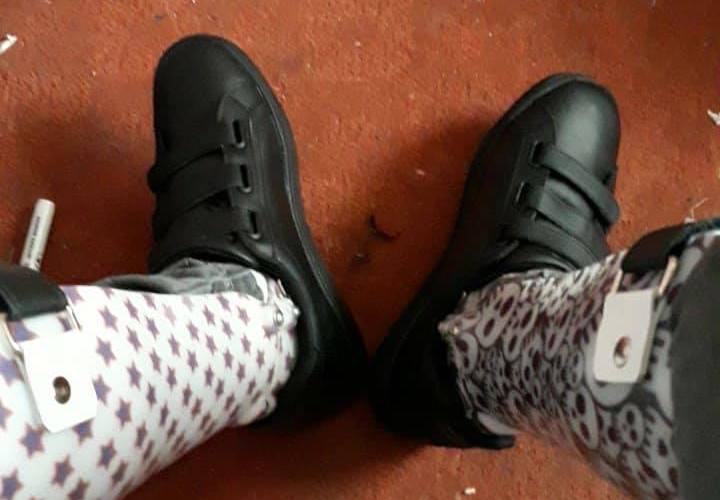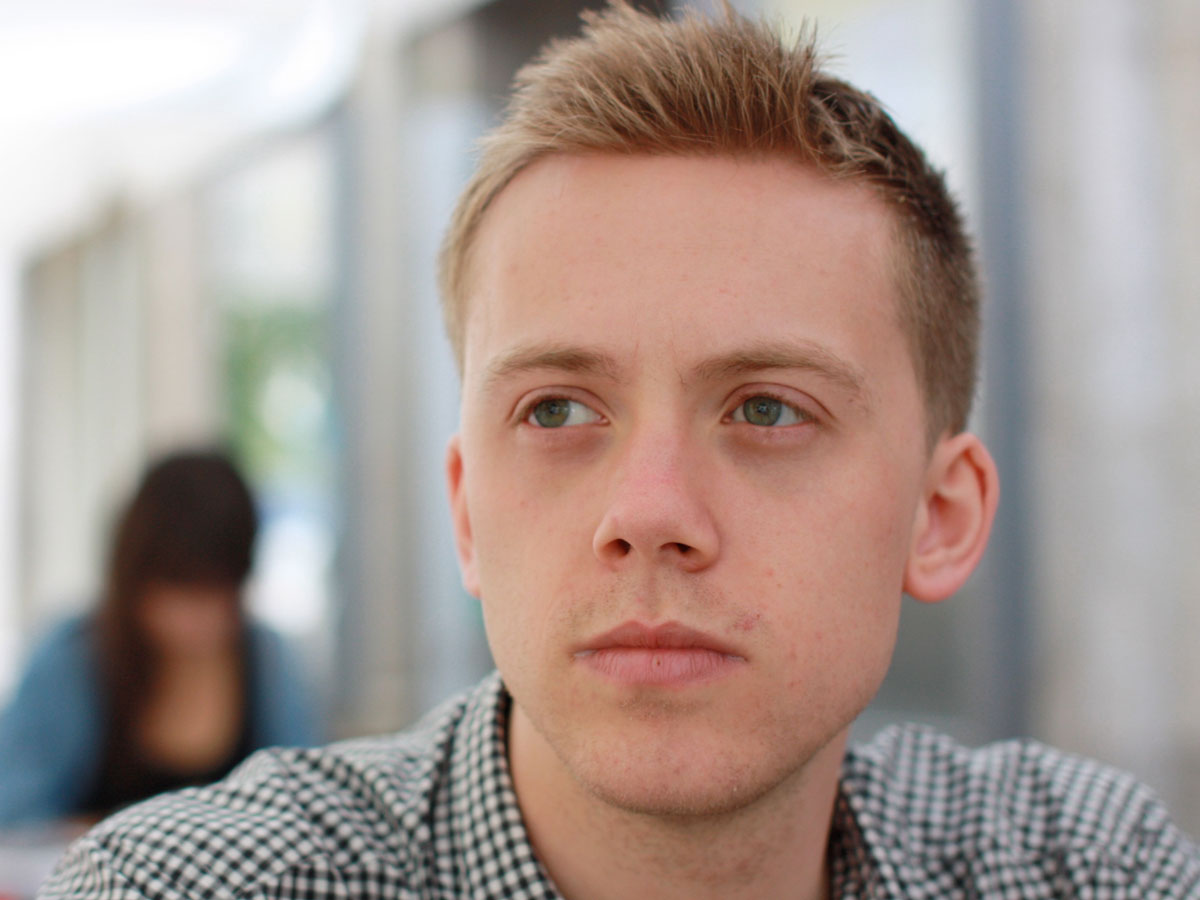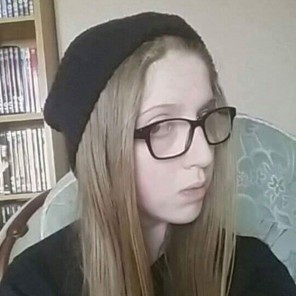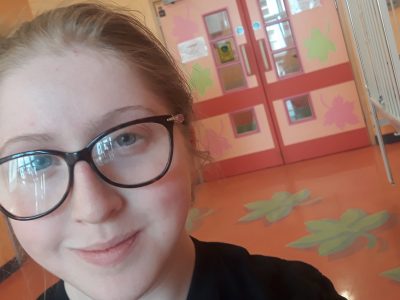Disabled but not Unable: My Invisible Illness

Ebony Clark suffers from an invisible illness. Here’s what she wants you to know about having a disability that no one can see
I’m Ebony Clark, and I’m 16 years old. I have a chronic invisible illness called joint hypermobility syndrome. I also have scoliosis, hip dysplasia, arterial sclerosis, a delay from my eye to my brain on my optic nerve and I wear splints on my feet and ankles. I’m also part of The 100,000 Genome Project as I have traits of Elhers Danlos Syndrome that don’t equate to a full diagnosis. As a chronic invisible illness patient, I’ve become very familiar withthe healthcare system. I have to be. Hours upon hours of my life are spent in hospitals, clinics and waiting rooms. I have so many appointments for one thing or another that I know my trust number and NHS number off by heart.
It is really hard to be diagnosed with an invisible illness because no-one can figure out what is wrong
Invisible disability, or hidden disability, is defined as a disability that is not immediately apparent. It is really hard to be diagnosed with an invisible illness because no-one can figure out what is wrong, as you look normal. Over the last 16 years I’ve been bullied as people judge you before even talking to you. I find it hard to make friends and I struggle with my self-esteem. I have been through some hard things. I suffer from a lot of pain. My consultant once explained it to my mum like this: for me, pain is normal. I’m constantly in pain but because I was born with it, I’m used to it. I don’t feel pain like other people. My pain threshold is so high that it’s off the charts.
Because my illness is invisible, nobody sees the real me.
Because my illness is invisible, nobody sees the real me. Sometimes I’ll sit crying hysterically because of the amount of pain I’m in. I take a handful of pills every day just to keep myself upright. Living with any illness can be extremely challenging, but when you’ve got an invisible it’s worse, because people can’t see your illness or disability. They don’t believe you. Because I look normal, I get judged.
For someone who has never had an invisible illness, imagine having a flu forever and not being able to get rid of it. Imagine being in crippling pain for the rest of your life but smiling as a way to keep a brave face – and then someone telling you that you aren’t sick or you’re not crying so you can’t be in that much pain. Society needs to understand that not everyone who is disabled is in a wheelchair, not everyone looks sick, and not everyone is the same.
Not everyone who is disabled is in a wheelchair, not everyone looks sick, and not everyone is the same
Yes, I’m in pain. But suffering is not in my vocabulary. You are not defined by your illness or your disability. It’s how we react that defines us. You can let your circumstances hold you down or you can allow them to make you strong. I know that staying strong isn’t the only choice I have. But that’s me, putting a brave face on. I can stand tall and be proud of my chronic invisible illness. I am not a sufferer. I am a warrior.
Do you or someone you know have an invisible illness? How do you think we could approach invisible illnesses better? Let us know @rifemag








